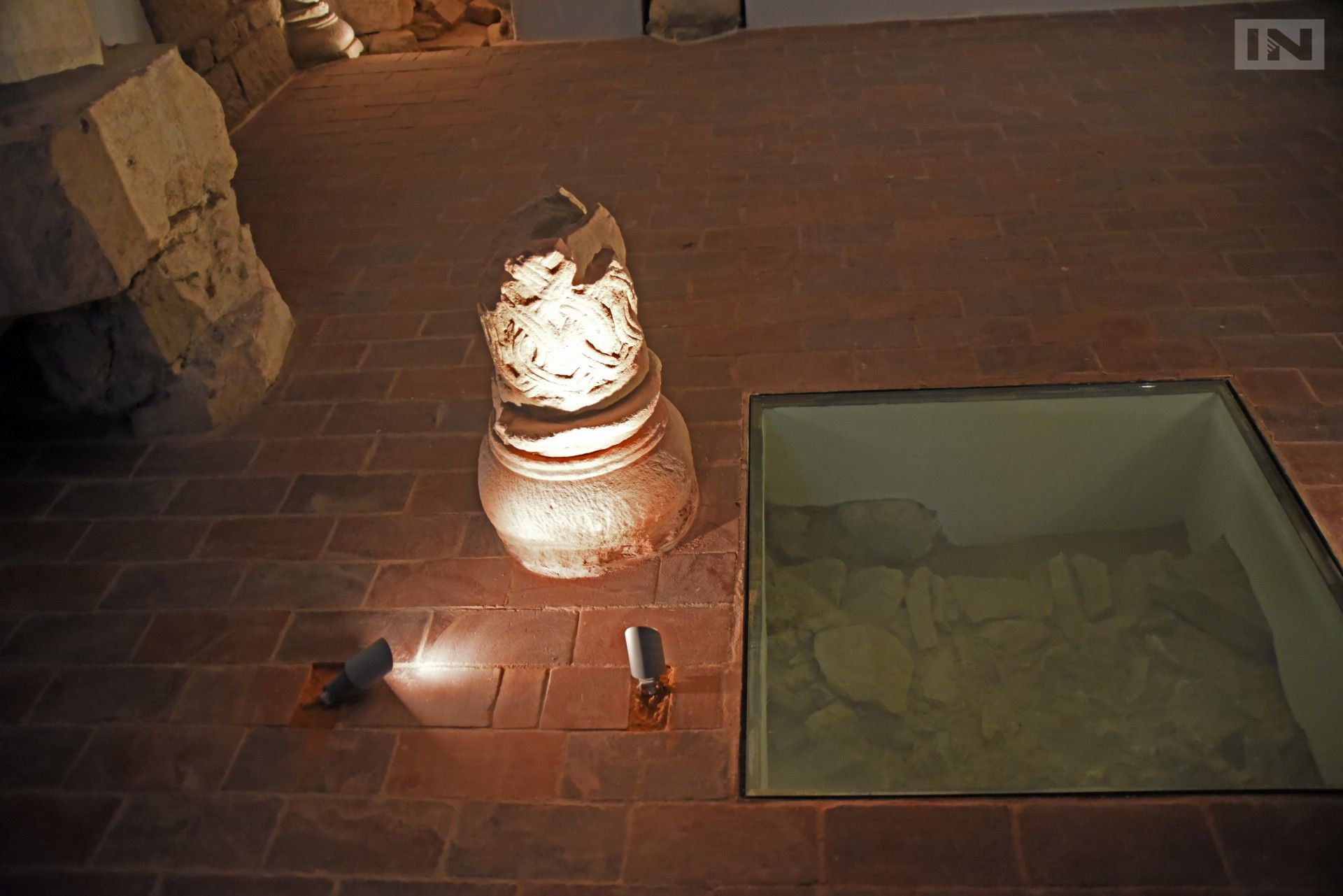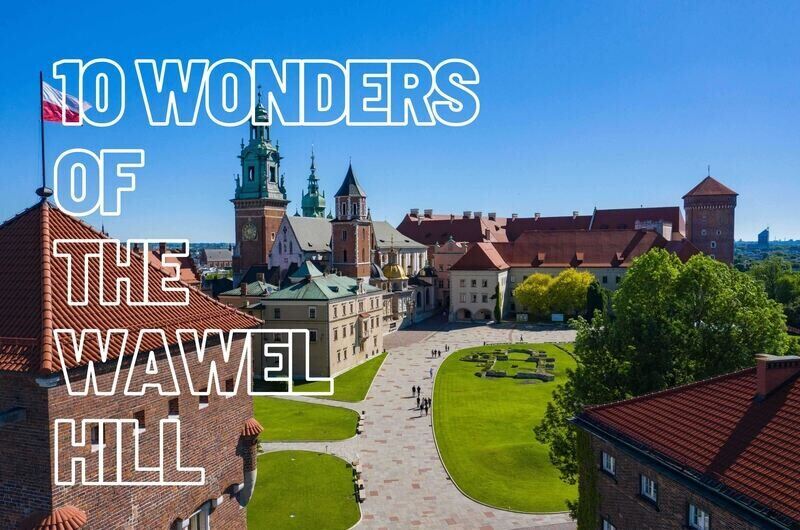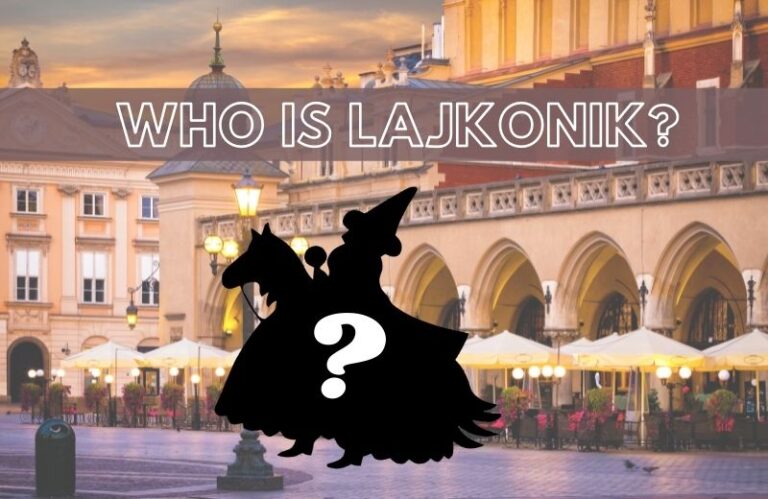DRAGON’S DEN AND OTHER WAWEL CASTLE CURIOSITIES
Wawel Castle, the historic seat of the Polish monarchy, is both a witness to history over the centuries and also a mysterious place full of secrets. Our list below gives you the lowdown on some of the most fascinating wonders of Wawel Hill.
1. THE CHAKRAM, A MYSTICAL OBJECT IN WAWEL CASTLE.
Legend has it that the Hindu deity Shiva threw seven magical stones across the world. They landed in what today are some of the most important spiritual centres on earth. One of them is supposed to have landed on Wawel Hill, where it is still believed to be located today. The chakram created the ‘place of power’ that is
situated under the 10 th -century Church of St. Gereon, which unfortunately no longer exists. To this day many believers continue to flock to Wawel to feel its cosmic energy.

2. LAKES IN THE CAVE
Wawel Hill was formed from Jurassic limestone in the Miocene epoch. Like many formations of this type, and is home to extensive networks of caves and rock corridors. There is a sightseeing route named after the legendary inhabitant of the largest cave – the Wawel dragon. Slightly off the tourist route are a number of small underground lakes or pools. The source of these waters is unknown; but they are home to a rare species of crustacean called Niphargus tatrensis. Maybe the Wawel dragon was actually a real creature of some sort?

3. THE BROTHEL – KRAKOW NIGHTLIFE IN THE DRAGON’S DEN
Although it might sound like something of an urban legend, various sources have confirmed that a popular inn located in the cave was also a business offering female companionship for money. It was established around the 15th/16th century. The cave was very popular not only amongst Cracovians, but also foreign travellers. It is even said that the brothel was frequented by kings, who allegedly moved around using special corridors leading from their private chambers. The place was closed down in the 18th century due to plans to fortify the castle.

4. DRAGON BONES
Dragon bones have supposedly been hanging next to the entrance to the Wawel Cathedral since at least the 16th century. Nobody knows for sure how they got there, but there is one thing that is widely believed – if they ever break or fall, Krakow will cease to exist and the city will fall into an abyss. Today, though, we know this to be pretty unlikely. The bones are probably fossilised mammoth, whale or rhinoceros bones. Interestingly, it would not be a big surprise if mammoth bones were found in this area; Krakow was actually the site of one of the largest known mammoth cemeteries.

5. TALKING HEADS IN THE CASTLE CHAMBERS
Created in 1540 as decoration for the coffered ceiling of the Chamber of Deputies, there were once as many as 194 of these unusual sculptures! Stories that they could come to life soon began to spread. The most popular one was a story about a woman’s head which spoke during a trial. As a result, the king ordered that a ribbon be carved onto the sculpture to cover her mouth. Nowadays, unfortunately, only 30 of these head sculptures still remain.

6. LOST ARRASES
Just before the outbreak of World War II, many of the most precious antiques and art pieces were hidden or taken out of Poland. It included highly decorative tapestries from the 16th century. On September 3, their journey to Canada, passing through Romania and France, began. The arrases were then kept in a safe place for many years. Even after the end of the war, their guardian, the country’s premier Maurice Duplessis, announced that he would not give them back until after Stalin’s death as he believed that Poland was still not an independent country. The arrases eventually came back to Poland only after his death, in 1960.

7. HANS FRANK CONSIDERED HIMSELF A KING OF POLAND
Wawel Castle became the private residence of Hans Frank, the head of the General Government in Poland during World War II. He took over the castle in October 1939 and stayed there until the end of the war. In his private letters, he promised his wife that she would be queen of Poland. Even Joseph Goebbels mentioned Frank’s desires in his journals. When leaving the city, he ordered that as many art pieces as
possible should be stolen, thus robbing Wawel of many of its most valuable artefacts. Most of them have never been returned to Poland.

8. THE RESTORATION OF WAWEL CASTLE
During the partitions of Poland, the Austrians stationed in Krakow converted the castle into military barracks. The building was already somewhat forgotten and neglected due to the fact that the capital had been transferred to Warsaw. The overall state of the property soon began to decline rapidly. At the end of the 19th century, people started to campaign to have the castle renovated and they managed to raise the required amount of money among themselves. The names of the over 6,300 donors were immortalised on the castle walls. Luckily, many of the name plate have survived to the present day.

9. ALCHEMY AND PARANORMAL EXPERIMENTS IN WAWEL CASTLE
Just like many old buildings, Wawel Castle also has its fair share of ghost stories and tales of magic. In the 16th and 17th centuries, it was a European centre of alchemy, with lectures on the subject being held at the university. The most famous Polish alchemist was Jan Twardowski, from the legend of Pan Twardowski. He could also talk to the dead, or so it was believed. The story goes that the then king, Sigismund Augustus, was so convinced about his ability that, following the untimely death of his beloved wife Barbara Radziwiłł, he ordered him to summon her spirit to the castle. Later, Sigismund III Vasa, caused a huge fire in the castle while performing an alchemy experiment. The kings even had a special room set aside for such activities which can be visited today.

10. FIRST SETTLEMENT OF WAWEL CASTLE DATED TO 100,000 B.C.
Archaeological research has established that evidence of the first settlement on Wawel Hill can be traced back to 100,000 B.C. It is likely that it was later used by the Vistulan tribe, a nomadic people that didn’t build any settlements. Since then, the hill has been constantly used by both nomadic and sedentary groups.

Visit The Wawel Castle website.
Visit The Wawel Royal Cathedral website.
Check our List of most iconic places in Krakow.







